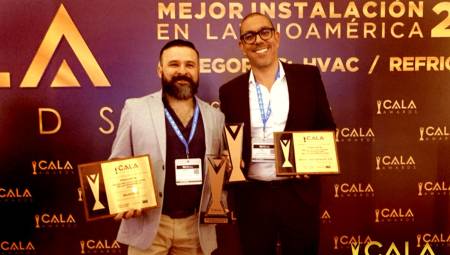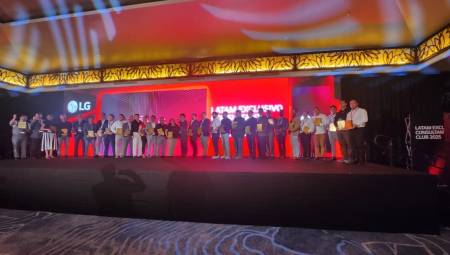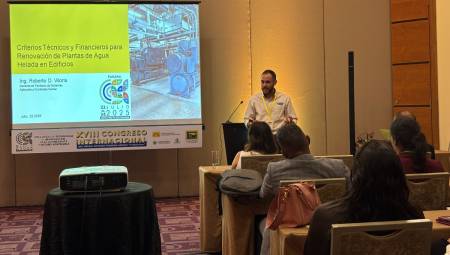
The traditional project is organized by a clear division of functions.
A "Green" design and construction project, on the other hand, requires a systemic and integrated approach where all specialties are coordinated and exchange information permanently, which is complemented by a permanent quality control that ensures that the design requirements are fully met (Commissioning).

To develop a green project, it is necessary to work in an integrated way in permanent coordination.
Green buildings are sustainable buildings, considering the definition of sustainable development as "one that meets current needs without jeopardizing the ability of future generations to meet their own needs." Construction in the world is responsible for 30% to 40% of energy use, 30% of raw material consumption, 20% of water use, 30% to 40% of CO2 emissions and solid waste production, 20% of effluent uses and 10% of land use.
Green construction aims to improve these aspects. There is the technology, the means and the will to avoid the waste of natural resources and the pollution of the environment, there are organizations dedicated to it and that provide guidelines to do so, one of them the US Green Building Council, which through the green building evaluation system LEED® (Leadership in Energy and Environmental Design) provides the tools to develop a sustainable building. It is in the hands of designers, architects, engineers, investors and construction companies to use them in ways to achieve designs that maximize the environmental and economic performance of buildings.

Construction has a great impact on the environment, which is generally not perceived in its real magnitude.
LEED is a voluntary green building assessment system whose application provides a globally recognized sustainability certification and which has now become the de facto standard in the design and construction of green buildings in the United States. LEED's approach to sustainability is developed in five areas: Selection of the building site, saving drinking water, saving energy, selection of materials according to environmental criteria and environmental quality inside the building.
A building designed for LEED significantly reduces your carbon footprint compared to an ordinary building. The USGBC requires a LEED building to reduce its carbon footprint by 50% over current levels. In fact, this is one of the reasons that made it mandatory to comply with two credits of the 10 available in the energy optimization category in version 2.2 of the standard. This is in addition to the reduction of the carbon footprint due to the selection of regional materials, avoiding the transport of these from long distances with the consequent emissions, in addition to the reduction due to the lower use of vehicles of their occupants and the energy inherent in the materials (embodied energy).
In the United States, local governments and the federal government have given LEED a fundamental boost, there are a significant number of green public building construction programs under LEED in some of the most important cities such as New York, Chicago, Los Angeles, Seattle, Portland and San Francisco.
A LEED certified building has important advantages compared to an ordinary building:
It gives building owners and their operators the tools they need to have an immediate, measurable impact on their building's capacity. Promotes a comprehensive approach to sustainability, recognizing capabilities in five key areas for human and environmental health • Delivers a significant reduction in basic consumption • Reduces operational and building maintenance costs • Improves the quality of the workplace • Directly impacts increased productivity • Increases asset value • Increases building occupancy rates • Is a recognition global sustainability. • Reduces environmental impact • Reduces the Carbon Footprint of the building.
Every day the number of investors, building owners, architects, engineers and contractors in the world who are developing initiatives in green building design is increasing. Today there are 26 LEED projects in Chile, 16 Accredited Professionals and 8 companies that belong to the US Green Building Council. Additionally, an initiative is being carried out for the creation of a Green Building Council in Chile.
The future looks promising.
Authors: josedsalinas













